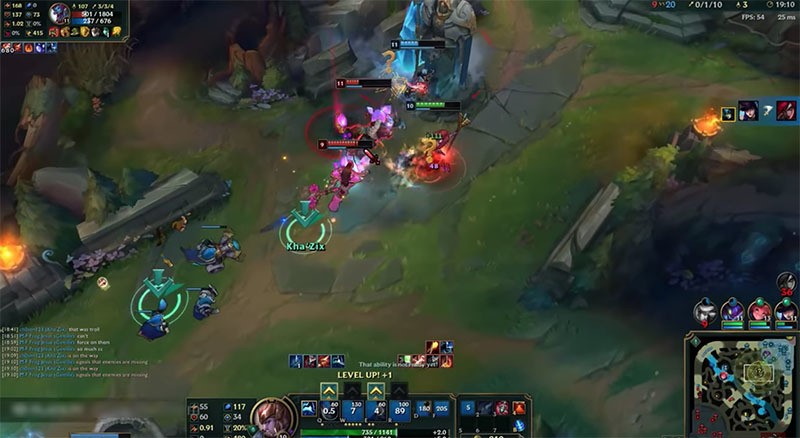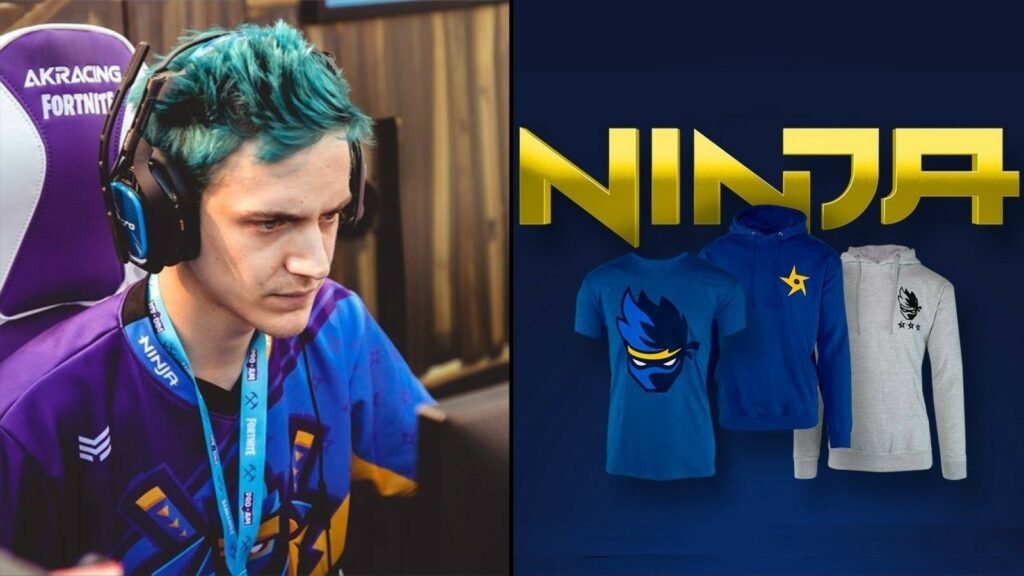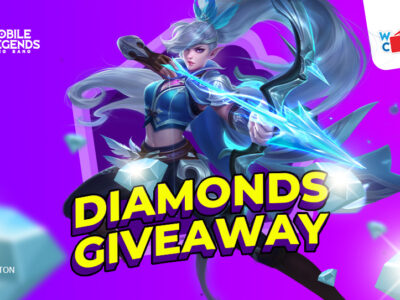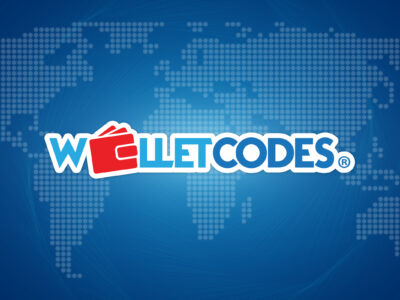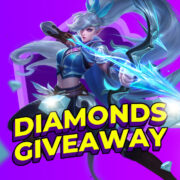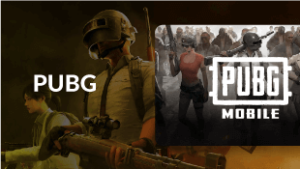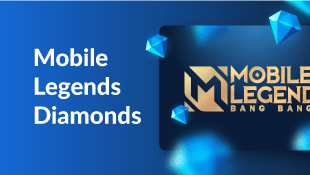
Social media has served as a catalyst for growth in eSports. This has allowed more people to discover the competitive world of gaming without having to engage in the games themselves. Thanks to social media eSports has become a mainstream form of entertainment and its influence is continuing to grow.
- League of Legends released in 2009 was the first big successful eSports game. Source: EGB
Before the emergence of social media, online forums were the main point of communication between members of game communities. Communication on forums suffered however due to language barriers, with the same topics discussed in multiple languages overcrowding sites with numerous threads. News articles were confined to narrower audiences and as gamers tended to communicate only with people with whom they shared a common language. The fragmented eSports gamers were united and brought together with the increased use of social media sites like Twitter and Facebook which translates languages for users.
Accessibility
Today the entirety of the Esports audience is now on some form of social media. According to writer Poppy Ingham, eSports started gaining traction on digital platforms back in 2014. The idea that gamers could watch, chat, and play against each other on social media, particularly on Twitter, Twitch, Facebook and Instagram was very appealing. Hardcore, casual, and new gamers were soon being brought together. Before social media, fans had to search various dedicated websites to find information on events, competitions and livestreams. Announcements of eSports tournaments, dates, team changes, and general news is now universally distributed via social media.
The quality of coverage of eSports on websites improved with social media. Gaming websites were now expected to offer insight and analysis rather than serving as just a notice board for events and news. Social media expanded eSports from a fringe interest, normalizing it in the same way you might support a physical sport like football.
Professional eSports players are usually just normal everyday people with a love for gaming. Hours have been spent honing their skills to near perfection with most professional players focusing their attention on one or two games exclusively. All professional players have their own social profiles containing small armies of followers.
- Fortnite player Ninja has a huge following and has his own merchandise and clothing line. Source: Dexerto
The Games and Players
League of Legends is credited with being the first game to really push eSports into mainstream when it was released back in 2009. League of Legends is a free to play MOBA inspired from the Warcraft 3 custom map: DOTA and developed by Riot Games. The game soon exploded in popularity and their World Championship Tournaments gave fans their first taste of what professional eSports could be. Even a decade later League of Legends and remains amongst the most popular with 27 million players worldwide.
The best-known League of Legends player of all time is “Faker” Sang Hyeok Lee from South Korea. Regarded by fans, as well as analysts as the greatest League of Legends player of all time. Lee is only one of two players in history to have won the League of Legends World Championship three times, along with several tournaments. Lee has over 1.4 million Facebook likes, 736 K Twitch followers and has smashed the hourly viewership record on Twitch for a single player. Before social media it would not have been possible for Lee to become such a gaming celebrity with so many followers.
DOTA 2 is a MOBA created by Valve and a sequel to Warcraft 3 mod Defense of the Ancients. DOTA 2 is free to play and was released in 2013. DOTA is played in matches between two teams of five players, with each team occupying and defending their own separate bases on the map. Each of the ten players controls a powerful character with their own unique abilities. Players collect experience points and items during the match. A team wins by being the first to destroy the opposing team’s base called the “Ancient” Currently the most popular DOTA 2 player is Clement Ivanov “Puppey” from Team Secret with a total of 334,000 likes on Facebook.
Fortnite was developed by Epic Games and released more recently in 2017. Fortnite has three different distinct game mode versions which otherwise use the same general gameplay and engine. The three modes are Save the World, which is a cooperative shooter-survival game where players fight off zombie like creatures. Fortnite Battle Royale, which involves up to 100 players fighting it out to remain the last person standing, and Fortnite Creative, where players are given complete freedom to build worlds.
Tyler Blevins “Ninja” has a huge presence in the Fortnite community through his social media platform. In 2008 between February 22nd and March 3rd he gained more than 50, 000 subscribers and the rapid growth of his channel is unprecedented. Ninja like many professional gamers makes money from sponsorships, advertising, and by selling merchandise.
While being the most talented players in eSports certainly draws attention and pays well in terms of prize money, those with the biggest social media presence are not always the most highly ranked. Personality, presentation, humor, and attitude matter just as much as ability as the most successfully eSports stars in terms of the most followers, are not always the best performing. The most successful players on social media tend to form emotional bonds with their fan base and display a true love for their chosen game. These players receive the most reactions, comments, likes and most importantly shares which gain more followers.
Global Audiences
The global audience for eSports is ever increasing. According to estimates provided by Newzoo, a leading global provider of games and eSports analytics, the eSports industry is predicted to pass the $1 billion dollars mark for the first time in its relatively short history. Based on the company’s projections, with a growth rate of 22.3 percent year, it is predicated that revenue will increase to 1.79 billion by the year 2022.
Sponsorships and brand investments are being better utilized on social media platforms and are free from the many restrictions of traditional media. Audiences made up of enthusiasts and occasional viewers, but spending on eSports fan merchandise, tickets, and subscriptions is also expected to grow.
Improved Interaction with Fans
Social media allows players an intimate way to engage with their fan base. Facebook for example provides a chronological archive of each individual player’s journey, as well as make announcements for future events. Twitter allows for daily communication between players and followers in a quick manner, building a personal experience for each individual follower. Twitch has the benefit of broadcasting live gameplay. Youtube serves as a platform to introduce new followers to professional players and recommend similar content. Even Instagram is used to introduce further insight into the daily lives of professional players, exploring their interests outside of their eSports career.
The rise of eSports on social media has also improved overall integrity. Players are largely upheld by the standards of the social media platforms they use. While the system is still far from perfect, racism, sexism, homophobia, and threats of violence are not tolerated on most sites. Social media also largely eliminates frauds, false rumours, and holds players more accountable. Players are expected to be more mature, even if out of concern of losing viewers and damaging their reception effecting their sponsorships.
Twitter, Facebook, Youtube, and Twitch have allowed interactions and connections to be built between fans and players like never before. It is safe to say without social media eSports would have remained hidden in the shadows as only a fringe interest, instead of the billion-dollar enterprise it has turned into.
